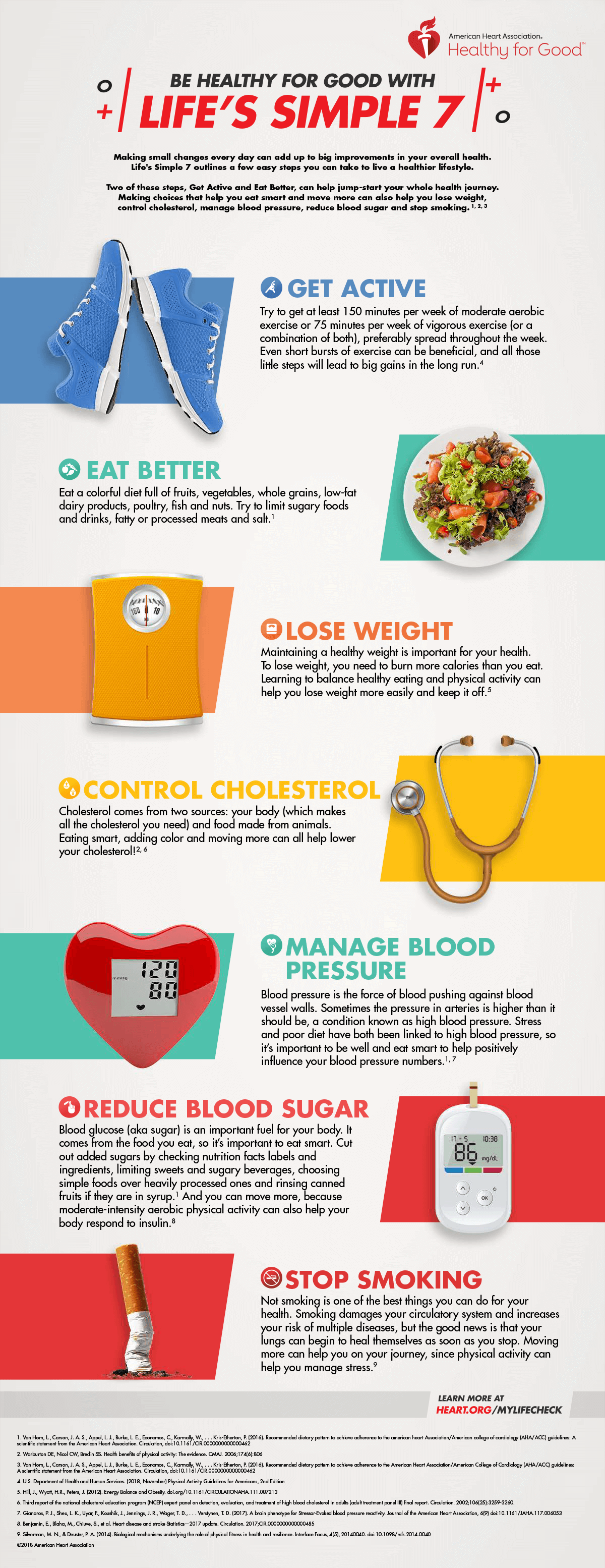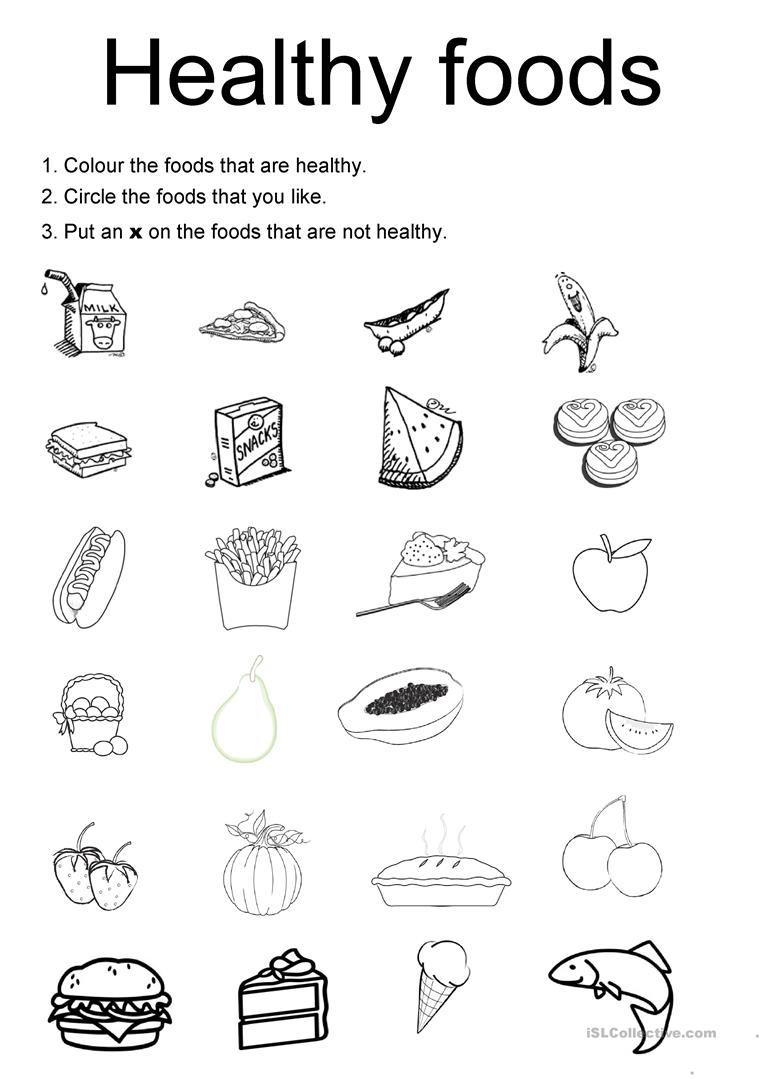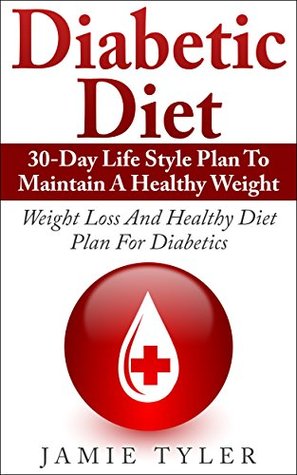
A menu that promotes healthy eating can seem overwhelming, but there are a few things you can do. Consider substituting liquid fats for solid fats. You can also substitute butter with olive oil, which is much healthier. Next, make sure to choose whole grains instead of white flour and refined sugar. Introduce a new vegetable every week. A new variety should be introduced each month if you want to encourage children to eat vegetables more often.
Talk with your family when you plan menus. Discuss what you want your meals to look like, and what you would like to change. Parents often model what their children do. Be specific and keep to your goals. Make sure your family is on board with your new lifestyle plan so they can support you and avoid common pitfalls. By creating a menu together, you can get your family on board and be a role model.

Encourage your children to participate in the preparation of meals. If it is a family meal, let your children help you prepare the meals. Encourage kids to take ownership of their meals and eat a variety of food. Make sure you offer more than just food rewards to increase motivation. If you're raising younger children, consider using a reward system. They can get extra screen time or an allowance if they eat certain foods.
It can be beneficial for all, even though many people don’t realize it. It keeps you connected to your family and helps them stay motivated. Studies have shown that healthy eating habits are more common in children who eat together with their parents. This is not only healthy for their health but also for their self-esteem. You and your family can promote a healthy diet, and a positive lifestyle by following these tips.
To make family meals healthier, include more vegetables. Although it might not be possible to include all the recommended daily servings of vegetables in every meal, it's important to include fruits and vegetables in each meal. It does not have to be a big meal for everyone. Incorporating a variety of vegetables into meals is one of the easiest ways to increase their daily servings. The more vegetables that you can add to your meals the better.

Lastly, when planning meals for your family, avoid processed foods. Reducing refined grains can be replaced with whole grains to make healthier substitutions. Half of the grains in your family should be whole grains. This includes whole wheat bread, brown rice, and pasta. Other whole grains can be substituted with healthy dips or snacks like quinoa, whole grain couscouscous and bulgur.
FAQ
What are the top 10 healthy habits?
-
Get breakfast every morning.
-
Don't skip meals.
-
Maintain a balanced diet.
-
Get plenty of water.
-
Take care your body.
-
Get enough rest.
-
Avoid junk food.
-
Do some exercise every day.
-
Have fun
-
Make new friends
What should you eat?
Get lots of fruits & vegetables. These fruits and vegetables are high in vitamins, minerals, which can help you keep your immune systems strong. Also, fruits and vegetables are rich in fiber. This makes them filling as well as helping with digestion. You should eat at least five servings per day of fruit or veg.
Drink plenty of water. Water flushes toxins from your body and helps you feel full between meals. Drink about eight glasses each day.
Refined grains should be replaced with whole grains. Whole grains retain all nutrients including B vitamins, iron and zinc as well as calcium, magnesium, calcium, protein, and magnesium. Some nutrients have been removed from refined grains.
Sugary drinks are best avoided. Sugary drinks are full of empty calories and lead to obesity. Instead, drink water, milk, or unsweetened Tea.
Avoid fast food. Fast food has very little nutritional value. While it might taste good, it won't give your body the energy it needs to function properly. Use healthier options, such as soups, sandwiches, salads, and pasta.
Limit your alcohol consumption. Alcohol can lead to poor nutrition and empty calories. Limit yourself to no more than two alcoholic beverages a week.
Try to cut down on red meat. Red meats are high-in saturated fat and cholesterol. Instead, choose lean cuts of beef and pork, lamb, chicken or fish.
How does an antibiotic work?
Antibiotics kill harmful bacteria. The treatment of bacterial infections is done with antibiotics. There are many types of antibiotics. Some can be taken orally while others are injected. Others are topically applied.
Many people who have been exposed can be prescribed antibiotics. One example is if someone has had chickenpox and wants to prevent shingles. A penicillin injection might be given to prevent pneumonia in someone who has had strep.
A doctor should give antibiotics to children. Children are at greater risk of developing side effects from antibiotics than adults.
Diarrhea is the most common side effect from antibiotics. Other side effects that could occur include nausea, vomiting and dizziness. These side effects usually disappear once treatment has ended.
How can you live a healthy life?
Healthy lifestyles include eating right, exercise regularly, getting enough rest, managing stress, having fun, and eating healthy. You should avoid processed foods, sugar, or unhealthy fats. Exercise is good for your body and muscles. Sleeping enough is good for memory and concentration. Stress management reduces anxiety, depression and other symptoms. Fun keeps us vibrant and young.
What is the problem with BMI?
BMI stands for Body Mass Index. This is a measure of body fat that is calculated based on height or weight. The following formula is used to calculate BMI:
The weight of a kilogram divided by its squared height in meters.
The result is expressed in a number between 0 - 25. A score of 18.5 or higher indicates overweight, while a score of 23 or higher indicates obesity.
A person who is 100 kg in weight and 1.75m in height will have a 22 BMI.
What are the 7 best tips to lead a healthy, happy life?
-
Make sure you eat right
-
Exercise regularly
-
Sleep well
-
Make sure to drink plenty of water.
-
Get enough rest
-
Be happy
-
Smile often
Statistics
- nutrients.[17]X Research sourceWhole grains to try include: 100% whole wheat pasta and bread, brown rice, whole grain oats, farro, millet, quinoa, and barley. (wikihow.com)
- This article received 11 testimonials and 86% of readers who voted found it helpful, earning it our reader-approved status. (wikihow.com)
- In both adults and children, the intake of free sugars should be reduced to less than 10% of total energy intake. (who.int)
- WHO recommends reducing saturated fats to less than 10% of total energy intake; reducing trans-fats to less than 1% of total energy intake; and replacing both saturated fats and trans-fats to unsaturated fats. (who.int)
External Links
How To
What does "vitamin" actually mean?
Vitamins can be described as organic compounds found in food. Vitamins help us absorb nutrients from foods we eat. Vitamins are not made by the body, so they must be obtained through food.
There are two types of vitamins: water soluble and fat soluble. Water-soluble vitamins dissolve in water easily. Examples include vitamin C,B1 (thiamine), B2 (riboflavin), B3 (niacin), B6 (pyridoxine), folic acid, biotin, pantothenic acid, and choline. The liver and fat soluble vitamins are stored within the liver and in fatty tissue. These include vitamin D, E and K, as well as beta carotene.
Vitamins are classified according to their biological activity. There are eight major vitamin groups:
-
A - Essential for healthy growth and health maintenance.
-
C - important for proper nerve function and energy production.
-
D - Vital for healthy bones and teeth
-
E - Required for good vision & reproduction
-
K - required for healthy muscles and nerves.
-
P - vital for building strong bones andteeth.
-
Q - aids digestion, absorption and absorption iron
-
R – Required for the formation of red blood vessels.
The recommended daily allowance for vitamins (RDA) varies based on gender, age, and physical conditions. RDA values are set by the U.S. Food and Drug Administration (FDA).
For adults 19 years and over, the RDA of vitamin A is 400mg per day. However, pregnant women need 600 micrograms per day because it is important for fetal development. Children ages 1-8 require 900 micrograms per day. Babies under one-year old require 700 mg per day. Between 9 and 12 years of age, however, this drops to 500 mg per day.
Children between the ages of 1-18 need 800 micrograms per daily for obesity, while children overweight require 1000 micrograms. Children underweight or obese will need 1200 mg per day.
Children aged 4-8 years old who have been diagnosed as having anemia require 2200 micrograms of vitamin C per day.
2000 micrograms daily is required for adults over 50 to maintain their general health. Due to their increased nutrient needs, pregnant and breastfeeding women need 3000 micrograms daily.
Adults over 70 years of age need 1500 micrograms per day since they lose about 10% of their muscle mass each decade.
Women who have been pregnant or are lactating require more than the RDA. Pregnant woman need 4000 micrograms daily in pregnancy, and 2500 per day after childbirth. Breastfeeding mothers need to consume 5000 micrograms every day when breastmilk has been produced.